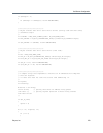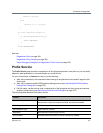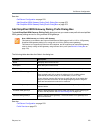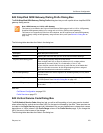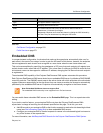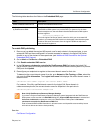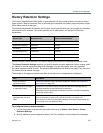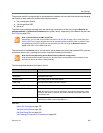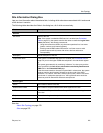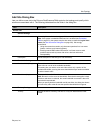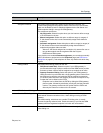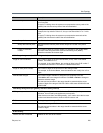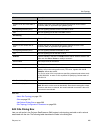
Polycom, Inc. 278
Site Topology
This chapter describes the following Polycom
®
RealPresence
®
Distributed Media Application™ (DMA
®
)
7000 site topology configuration topics:
● About Site Topology
● Sites
● Site Links
● Site-to-Site Exclusions
● Territories
● Network Clouds
● Site Topology Configuration Procedures
About Site Topology
Site topology information logically describes your network and its interfaces to other networks, including the
following elements:
● Site — A local area network (LAN) that generally corresponds with a geographic location such as an
office or plant. A site contains one or more network subnets, so a device’s IP address identifies the
site to which it belongs.
● Network cloud — A Multiprotocol Label Switching (MPLS) network cloud defined in the site topology.
An MPLS network is a private network that links multiple locations and uses label switching to tag
packets with origin, destination, and quality of service (QOS) information.
● Site link — A network connection between two sites or between a site and an MPLS network cloud.
● Site-to-site exclusion — A site-to-site connection that the site topology doesn’t permit a voice or video
call to use.
● Territory — A collection of one or more sites for which a Polycom RealPresence DMA cluster is
responsible. Territories serve multiple purposes in a Polycom RealPresence DMA system
deployment. See Territories on page 294.
The Polycom RealPresence DMA system uses site topology information for a variety of purposes, including
cascade for bandwidth conferences, bandwidth management, Session Border Controller selection, and
cluster responsibility management in a supercluster. It can get it in one of two ways:
● If you have a Polycom RealPresence Resource Manager or CMA system, integrate the Polycom
RealPresence DMA system with it (see Resource Management System Integration on page 178) to
automatically get its site topology information.
Note: Network Topology and Site Topology Could Differ
Site topology information provides a logical model representation of a network topology, not
necessarily a fully accurate literal representation of a full network.



